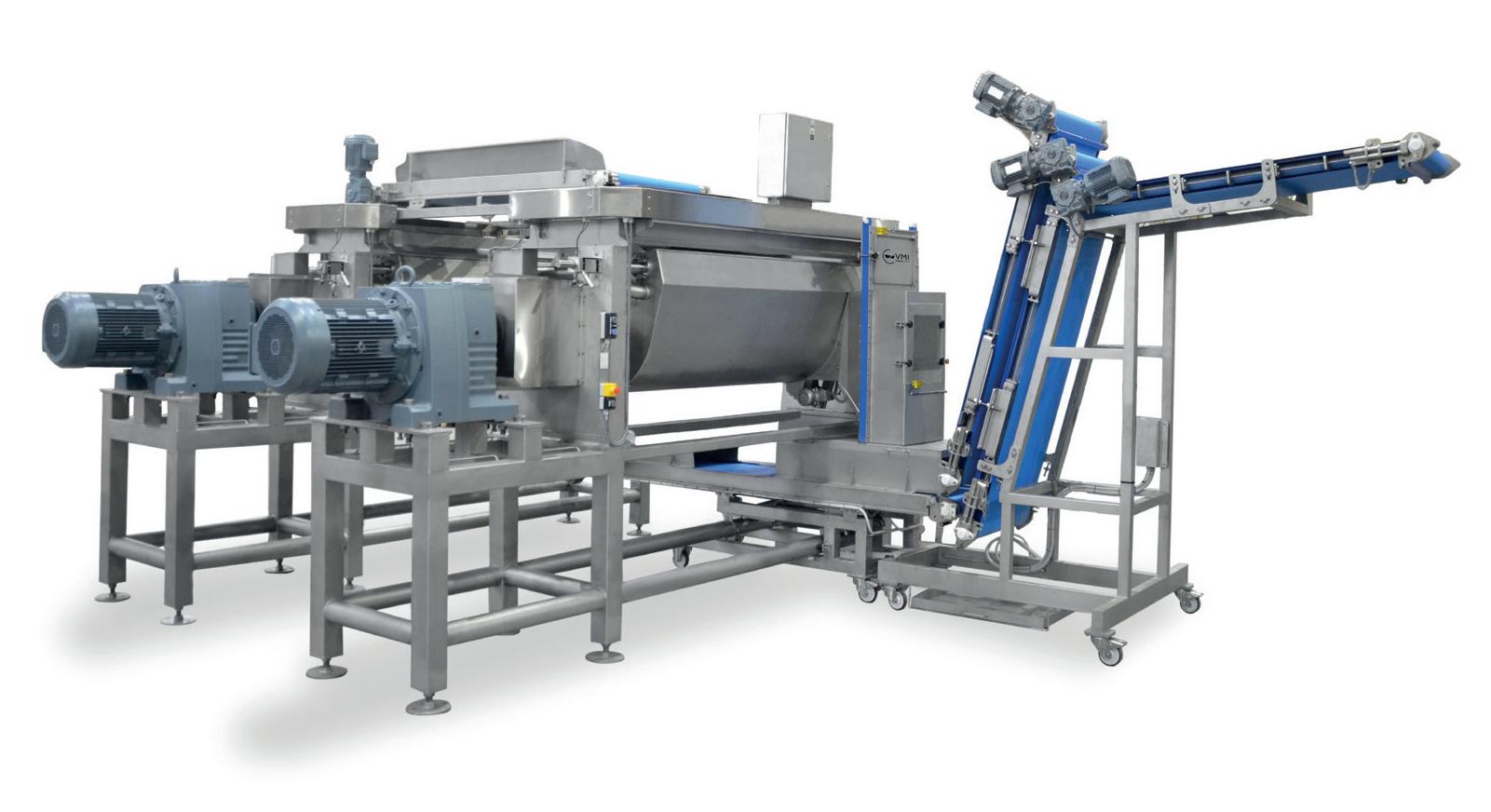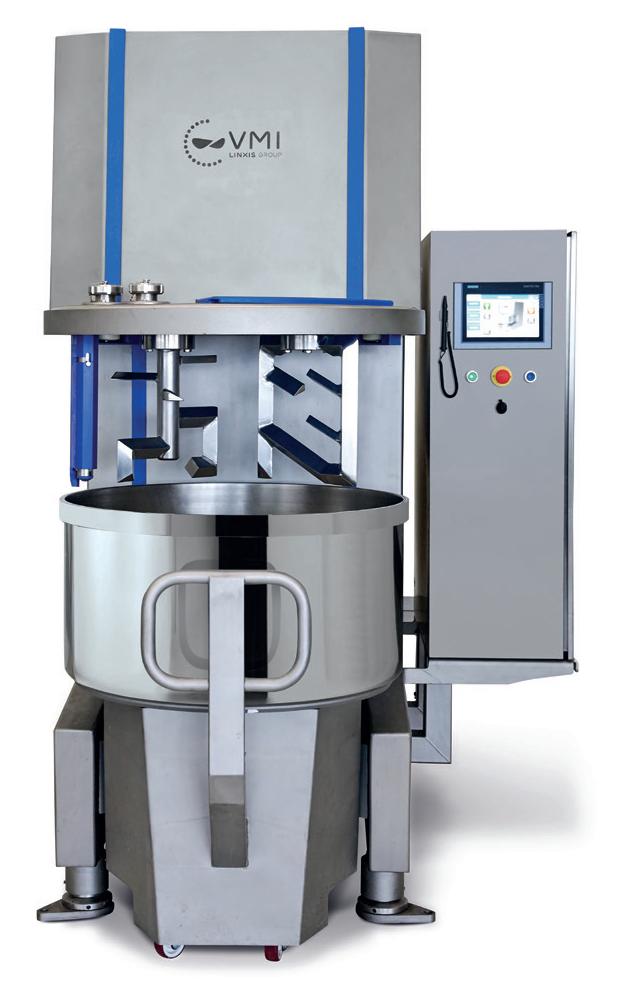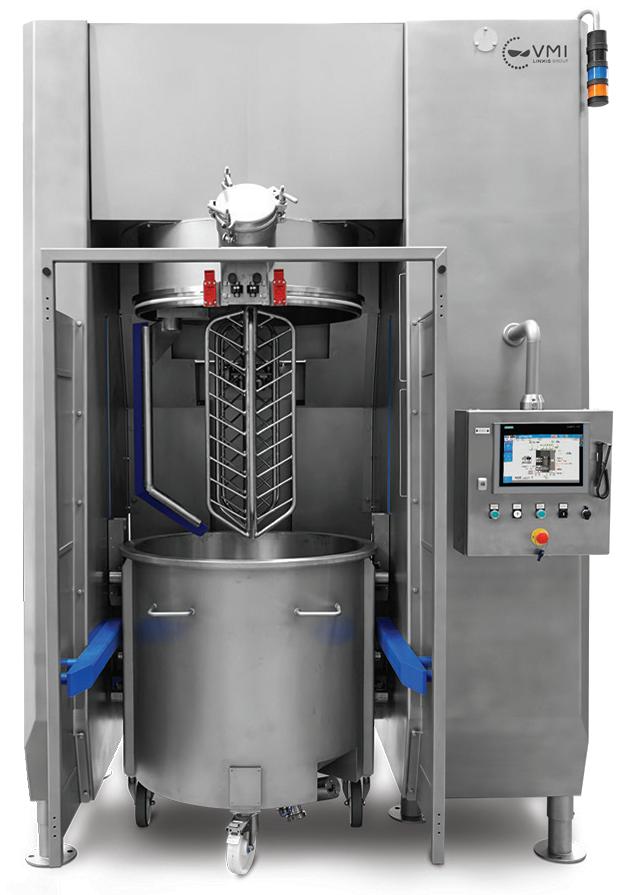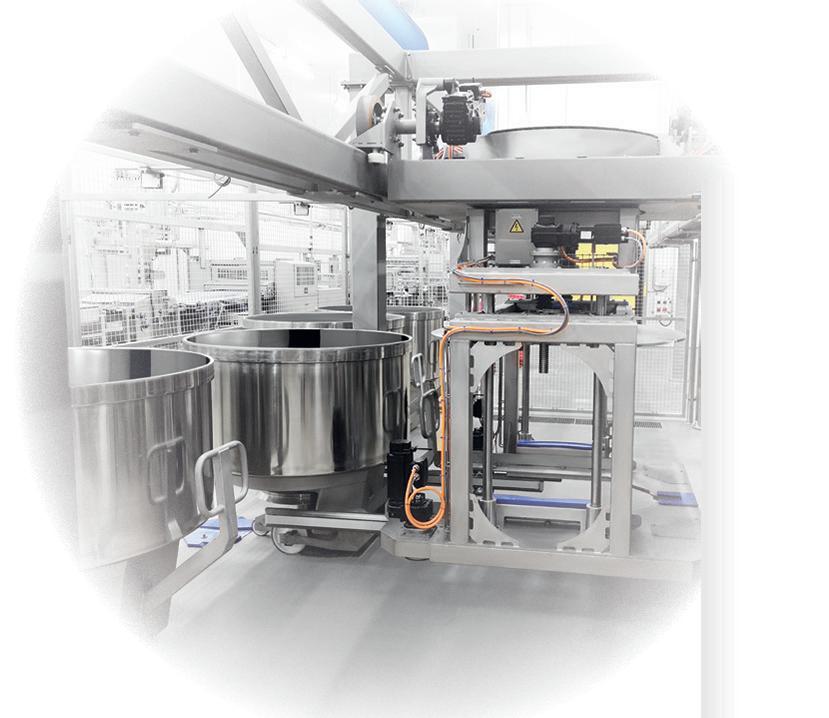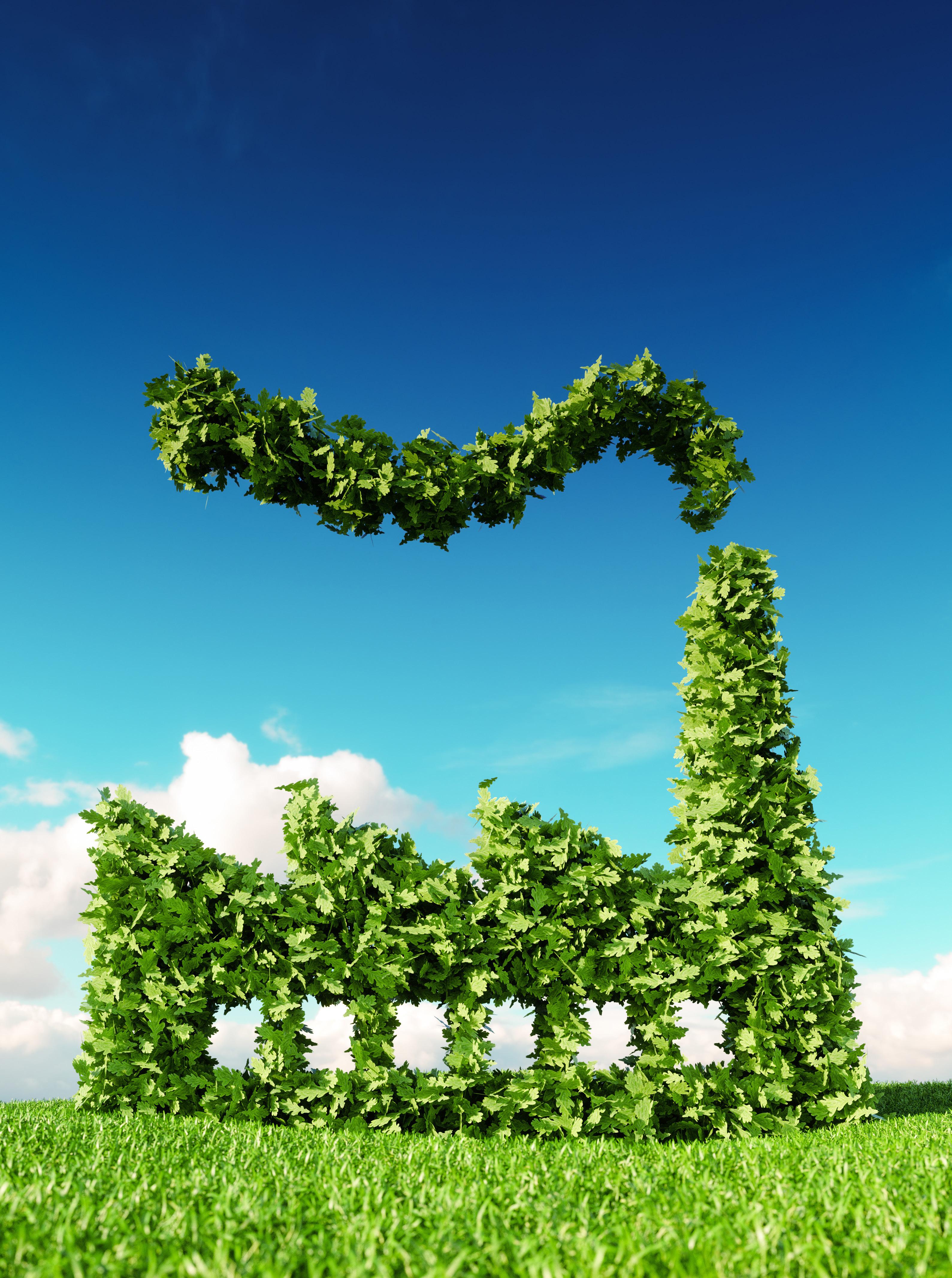
9 minute read
International Market
International content provided by baking+biscuit international, an F2M publication.
Sustainability Strategies Overseas
For the UK, achieving net-zero emissions requires managing the complete life cycle of products.
BY GARY TUCKER, FELLOW, CAMPDEN BRI
Net-zero emissions is a sustainability target set by the UK government to be achieved by 2050. Simply put, net-zero means that all the damaging gases released in the life cycle of a product are balanced by those removed from the atmosphere. A product can be a physical object such as a loaf of bread or a service like internet banking. Each contributes emissions in their life cycle and, ideally, also locks away carbon.
When assessing environmental impact, it is essential calculations cover the complete life cycle (known as cradle-tograve) of the product, process or activity, from raw materials acquisition through production, use and disposal. This is done using Life Cycle Assessment (LCA) software in which the effect of an activity is assessed on resource use, human health and ecological consequences. Many LCA impact factors are used to quantify these effects, and commercial software differs in the emphasis it places on each.
Probably the best known and most understood LCA impact factor is global warming potential (GWP). This is used to calculate a product’s carbon footprint (CF) or its Greenhouse Gas (GHG) emissions. Input data to calculate CF is based on 100-year figures for gases relative to carbon dioxide (CO2e), which is given a relative figure of one (1.0). The GWP figures represent the ability of a gas to insulate the earth from heat loss to space and, in doing so, increase the earth’s temperature. Tables of relative values can be found in various sources such as the Intergovernmental Panel on Climate Change. The most common gases involved with bakery products made from wheat flour are carbon dioxide (CO2), methane (CH4) and nitrous oxide (N2O).
CO2 is given a value of 1 and is the reference gas for CF calculations. CO2 is released in the burning of fossil fuels for transport and heating and released during the proving of yeasted bakery products. However, this is small in comparison.
CH4 has a value of 25, meaning it is 25 times more damaging than CO2. The main sources of methane are from agriculture including ruminants such as cattle and the anaerobic breakdown of plant materials in soil.
N2O has a value of 298 and has a major influence on CF calculations. It is released from nitrogenous fertilizers as they break down in soils. Correct fertilizer application levels and timing are important to minimize excess in soils and its runoff to water courses.
GHG emissions for a company are categorized into three groups or scopes. The most widely used international accounting tool is the GHG Protocol (2004), which classifies a company’s GHG emissions into three scopes.
Scope 1 includes direct emissions from owned or controlled sources such as combustion gases from fuel used by the company and from companyowned vehicles.
Scope 2 includes indirect emissions from the generation of purchased electricity and heating fuels.
Scope 3 includes all indirect emissions (not included in Scope 2) that occur in the value chain of the company, including both upstream and downstream emissions. This is the largest and most complex scope to calculate. It includes all purchased goods and services, transport and distribution to and from the sites, business travel, employee commuting, waste disposal, and emissions from leased and franchised assets.
This methodology can be applied to products. Wheat is the major ingredient in most bakery products, accounting for up to 80% of the finished weight in crackers (but reduced to 25% in cakes). If water is excluded from the CF calculation, it should not be because it has a small CF, the contribution from wheat flour is even higher. The crucial contribution to the CF for wheat flour is the release of excess nitrous oxide (N2O) from soil. Fertilizer additions must take place at appropriate times during the wheat-growing cycle to avoid unused fertilizer converting to gases such as N2O or leaching into water courses. This applies to both manures and artificial fertilizers.
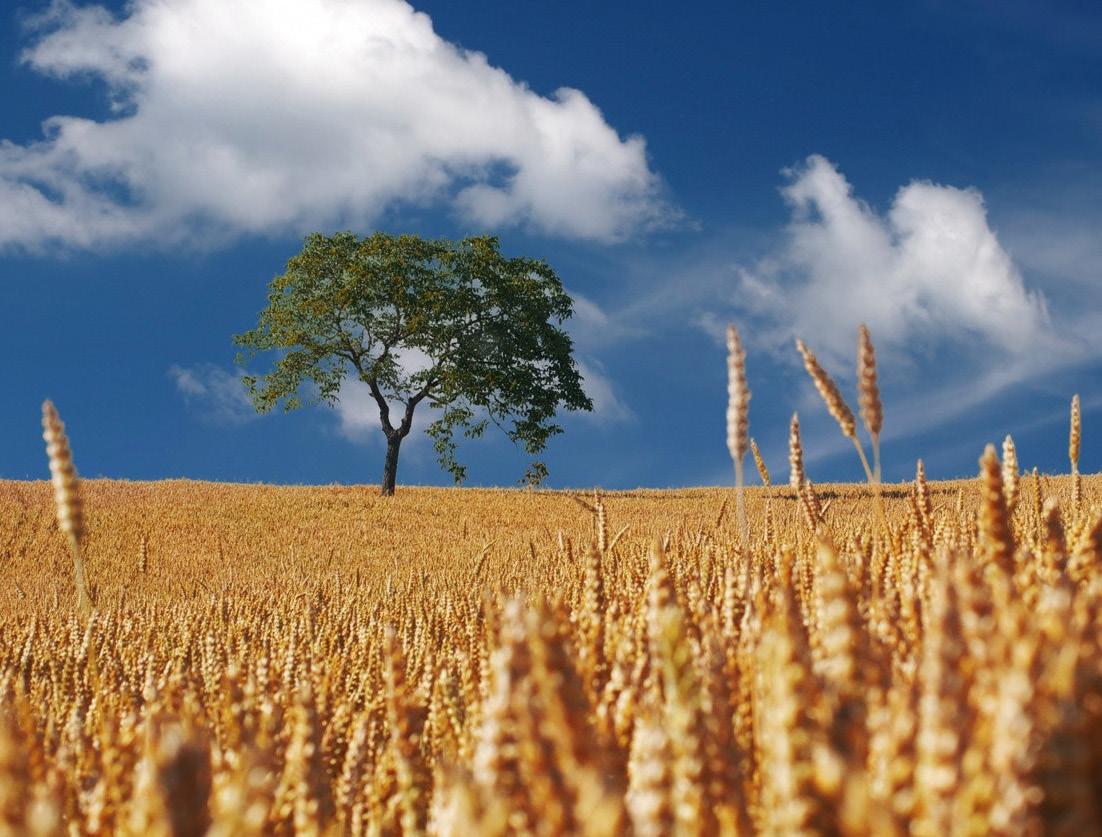
Most wheat used in the UK for bread making is grown locally, with Canada supplying the rest. UK soils are suited to wheat-growing, and despite the variable weather, wheat grows well in most areas. It is worth noting that the Chorleywood Bread Process (CBP) enabled more UK wheat to be used for UK bread production through the improved development of gluten during high-shear mixing. Prior to the CBP being introduced around 1961, only 30% of UK wheat was suitable for bread making, so there was a greater reliance on imported higher quality wheat from Canada and the US. This would have increased the GHG emissions for transporting wheat to the UK, resulting in a higher CF for bread. The current situation, with 80% UK wheat being used for UK breadmaking, is a more sustainable and lower-CF solution.
Bakery packaging materials also need to be considered when calculating a product’s CF, as does the intermediate packaging that is discarded or recycled during manufacture. Much of this is cardboard or plastics, or a combination of the two materials, as with sandwich cartons. Most plastics are made from petro-
© Pixabay on Pexels
Most of the wheat used in the UK for bread making is grown locally.
chemicals that originate from crude oil; this is not a sustainable solution. Alternatives based on plant materials or recycled plastics are needed urgently.
With many raw materials and ingredients manufactured outside of the UK, there is a cost and CF associated with the transport. Most bakery ingredients have a long ambient shelf life and can be transported by ship. Container shipping has a relatively low CF because of economies of scale.
The distribution of finished bakery products has a separate category for CF calculation. Most transport is by road, using diesel-fueled lorries, so CF can be significant. There are examples of battery-powered lorries, but their range currently prohibits their use. Few finished bakery products go overseas in shipping containers or air freight because of their short shelf-life.
Replacement of fossil fuels for transport and energy is one of the enabling strategies to achieve the UK government’s net-zero target, but this will not happen overnight. Renewable electricity capacity has more than quadrupled in the UK since 2010, and low carbon electricity now provides 50% of total generation. These are impressive figures, but the drive to convert most fossil fuel processes to electrification needs to accelerate as more processes require electricity. This relies on there being sufficient nuclear, solar, wind and wave generation to provide all the UK energy needs as low carbon electricity.
Bakery products tend to have a lower CF than many food products. This is because they generally do not include high-CF meat and do not require refrigerated or frozen storage. Wheat flour production contributes around two-thirds of the CF for bread, with the processing stages accounting for 27% for white sandwich bread.
Baking is the main GHG generator in processing. Data generated for the
Industrial Energy Efficiency Accelerator report (Carbon Trust, 2014), estimated the UK industrial bakery sector consumed some 2,000 GWh, equating to emissions of approximately 570,000 tonnes of CO2 (tCO2) per year. The vast majority of this was from bakery ovens.
The baking industry is one of the food processing industries that remains heavily reliant on natural gas. Most process operations within bakeries already use electricity for power but the ovens are where change is needed. GHG emissions reduction will happen through incremental energy saving improvements in oven technology, and by movement to electrical industrial bakery ovens and greater use of hydrogen within natural gas.
Craft bakery ovens are predominantly electric. However, according to the Federation of Bakers, craft bakeries only produce around 3% of UK bread. Medium-sized bakeries, such as retailer in-store bakeries (ISB), produce around 17% of UK bread, although some of this is produced within large bakeries for reheating prior to sale. Most ISB ovens are now electric. The area where change is required is the high-speed travelling ovens that are gas-fired. Electrical versions are now available from several suppliers and are certain to become more popular as the move to cut carbon increases in pace. They contain radiant and convective heating components and bake bread to the same quality as their gas-fired counterparts. Apart from the yeast-generated CO2 released from bread dough during baking, the emissions from an electric oven are zero, assuming the electricity generation is from renewables or nuclear.
Another low-carbon alternative to electricity is hydrogen, bled initially into the natural gas network at 20% and ultimately at 100%. A 20% hydrogen blend should allow existing bakery ovens to be used and avoid the expense of replacing a natural gas oven with electric. Hydrogen is a clean fuel that combusts to produce only water vapor. It can be used for transport, power generation, industrial applications and heating. Electrical generation of hydrogen from water will be the ultimate low-carbon fuel that allows combustion processes like engines and burners to be used.
The move from natural gas to a fuel blend containing 20% hydrogen is currently being investigated. There could be implications for the performance of bakery ovens; therefore, this change requires thorough testing. Experimental trials are ongoing with Campden BRI to measure the effects on oven performance and product quality from burning 20% hydrogen in natural gas. Products of interest are bread, cake and biscuits. This work is part of a UK-wide project to investigate sectors where natural gas use is high and electrification could be difficult.
The baking industry does not differ from any other in that it faces several sustainability challenges. This article has outlined some of these and highlighted strategies to improve the situation. Global financial constraints are inhibiting the funding required to advance the solutions to the point they are readily available and economic. Consumer pressure and a desire for companies to “do the right thing” are going to help move this on.
Commercial Baking has developed a cooperative agreement with the leading European / international baking journal baking+biscuit international from the publishing house F2M. This magazine is the English-language sister to the acclaimed German language journal brot+backwaren and is published six times per year with 5,000 hard copies delivered per issue and thousands reading the editions digitally.
